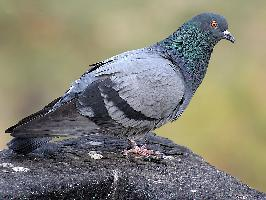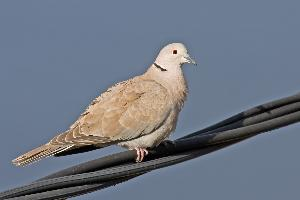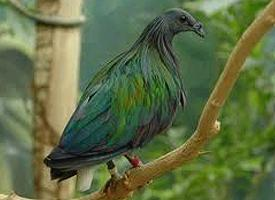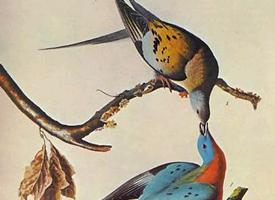
Popis zvířete
The domestic pigeon, scientifically known as Columba livia domestica, is a bird that belongs to the family Columbidae. Originating from the wild rock pigeon (Columba livia), which is native to Europe, North Africa, and South Asia, the domestic pigeon has been selectively bred for various purposes for thousands of years. This has resulted in a wide range of breeds with differing sizes, colors, and shapes, but all retaining the distinctive characteristics of their wild ancestors.Physically, domestic pigeons typically weigh between 300 to 500 grams and have a body length of about 32 to 37 centimeters, though this can vary significantly across different breeds. They possess a compact body, a short neck, and a small head, with short, slender bills that have a fleshy cere at the base. Their legs are relatively short but strong, enabling them to stand and walk with ease. The plumage of domestic pigeons is highly variable, with colors ranging from white, black, and grey to more vibrant shades of blue, green, and red, often with iridescent markings on the neck and chest.
One of the most notable features of domestic pigeons is their remarkable ability to find their way home over long distances, a trait that has been harnessed by humans for centuries for the purposes of communication, in the form of pigeon post, and sport, in pigeon racing. This homing ability is believed to involve a combination of visual, olfactory, and possibly magnetic cues, although the exact mechanisms remain a subject of scientific research.
Domestic pigeons are highly adaptable and can thrive in a wide range of environments, from urban to rural settings. They are typically found in close association with human habitation, where they can easily find food and nesting sites. Pigeons are monogamous and can breed multiple times a year, with a pair often producing several broods. Their nests are relatively simple structures, usually made of sticks and located on building ledges, in rafters, or on natural cliffs. The female typically lays two eggs, which are incubated by both parents for about 17 to 19 days until they hatch.
Diet-wise, domestic pigeons are granivorous, primarily feeding on seeds and grains, but they can also consume fruits, vegetables, and occasionally insects, adapting their diet based on the availability of food sources in their environment. In urban areas, they are often seen foraging for food scraps, demonstrating their opportunistic feeding behavior.
Throughout history, domestic pigeons have played various roles in human societies, not only as messengers and in sports but also as symbols of peace and love. They have been featured in art, literature, and religion, highlighting their enduring significance to human culture. Despite their ubiquity and long association with humans, domestic pigeons continue to fascinate with their complex behaviors, diverse appearances, and remarkable abilities, making them a subject of interest for both scientists and enthusiasts alike.
Podobná zvířata
Nové fotografie zvířat
Top 10 zvířat
- Common cockchafer (Melolontha melolontha)
- Common house mosquito (Culex pipiens)
- Colossal squid (Mesonychoteuthis hamiltoni)
- Hooded merganser (Lophodytes cucullatus)
- Fruit fly (Drosophila melanogaster)
- Australian box jelly (Chironex fleckeri)
- Common reed warbler (Acrocephalus scirpaceus)
- Elephant hawk moth (Deilephila elpenor)
- Moustached guenon (Cercopithecus cephus)
- Diana monkey (Cercopithecus diana)


